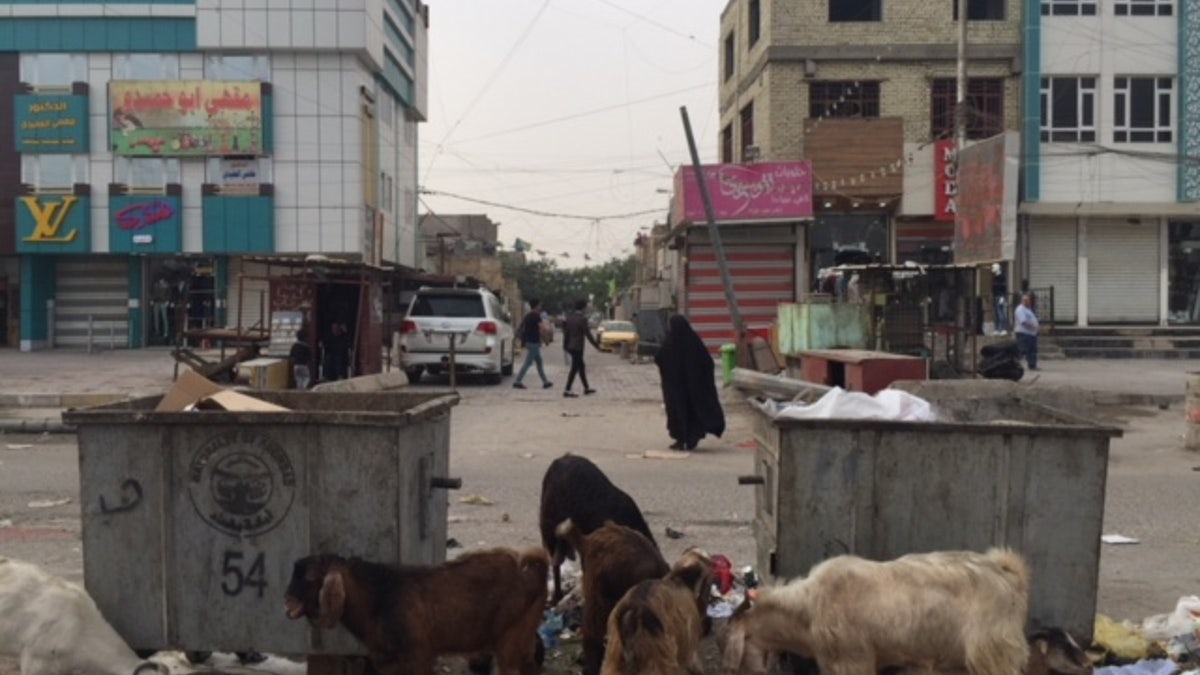
Inside Baghdad's once infamously violent, Sadr City (Fox News/Hollie McKay)
BAGHDAD, Iraq – For thousands of U.S. personnel who fought in the Iraq War, Baghdad’s destitute Sadr City holds a pivotal place in their memories. Not only the years spent dodging ceaseless bullets, but the years spent trying to clean up the squalor, to win the hearts and minds, to show that there was a humanitarian side to the war after all.
So what became of the district, commonly known as the Thawra District, once deemed the ultimate danger zone?
“For those of us that fought there, we revere the name of that city like a ghost that we have been forced to make friends with,” Boone Cutler, U.S. Army veteran and author of the “Voodoo in Sadr City: The Rise of Shiaism in Iraq” told Fox News. “It’s a part of us. The Sadr City smell never leaves us. We all left something there that we miss from time to time. It’s a birthplace to the souls we have become separated from the bodies we have.”
Today, the soundtrack of the impoverished Shia-dominant Sadr City is a chorus of constant car honks and the shrilling, infant-like screams of poultry being burned alive in the open slaughterhouses. The pavements are still thick with animal blood and urine. But the faces that stare back are ones smiling, working, sweeping floors, selling spices and scarves or slaughtering livestock.

Inside Baghdad's once infamously violent, Sadr City (FOX News/Hollie McKay)
“I have a normal life now, there are no problems,” a beaming fresh-faced 25-year-old named Sadoon Aziz said from behind his bench, where he was making cheese and yogurt. “It is much better now than under the Americans. They were closing the streets, cutting the roads off, arresting people, now we are all living in the quiet.”
In April, 2003 the U.S. Army 2d Squadron, 2d Armored Cavalry Regiment set up their headquarters in an abandoned cigarette factory in Sadr City, formerly Saddam City, comprised of more than 1,000 soldiers and military police with a focus on repairing civilian infrastructure and rebuilding.
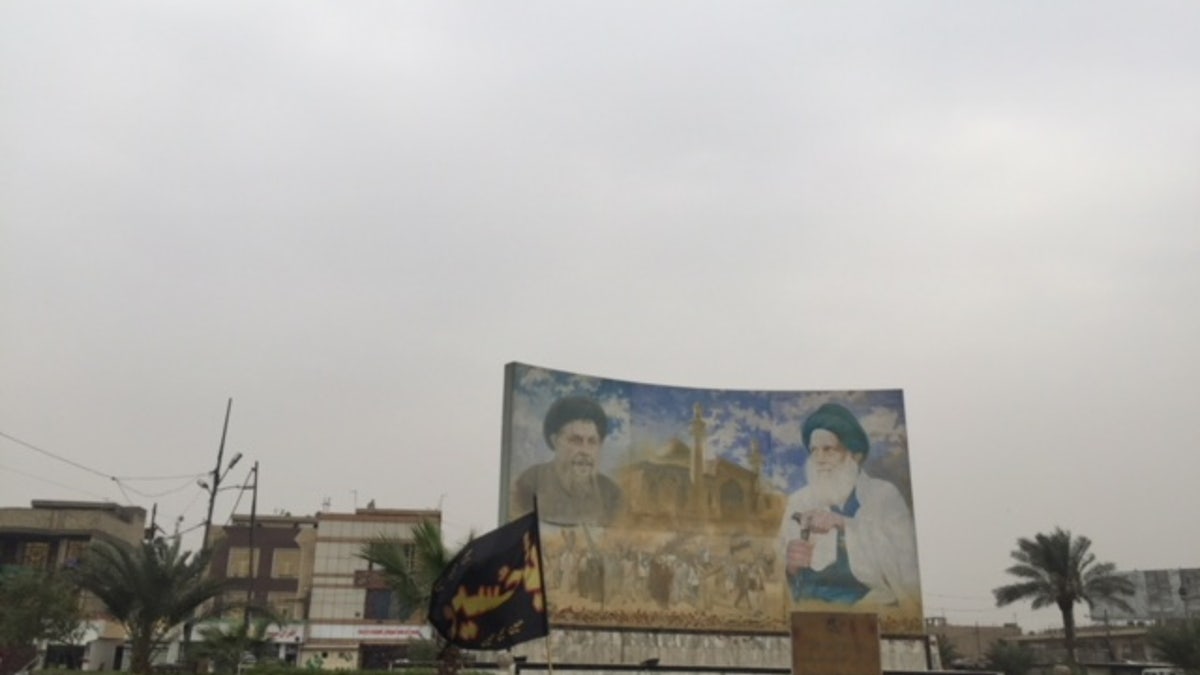
Billboard of Iraqi Shia clerics Moqtada Sadr and Allyatollah Ali Sistani (FOX News/Hollie McKay)
But six months later, hearts and minds gave way to guts and anger as the Mahadi Army – the city’s esteemed militia loyal to Moqtada al Sadr – the prominent Shia cleric who still holds the city’s sway to this day - ambushed the U.S. troops. The chaos that ensued quickly degenerated into what would later be dubbed “Black Sunday,” which recently debuted as a re-enactment by National Geographic.
The moments that made up the years that followed were defined by urban fighting, city lock-downs, almost daily mortar rounds and RPGs crackling in the intolerable stench-filled air, the unearthing of shallow graves, and the sound of car bombs popping in every direction. The Mahadi Army’s will to defy a foreign presence only gained momentum throughout the troop surges of 2007 and 2008, when rockets were fired from Sadr City into the nearby Green Zone.
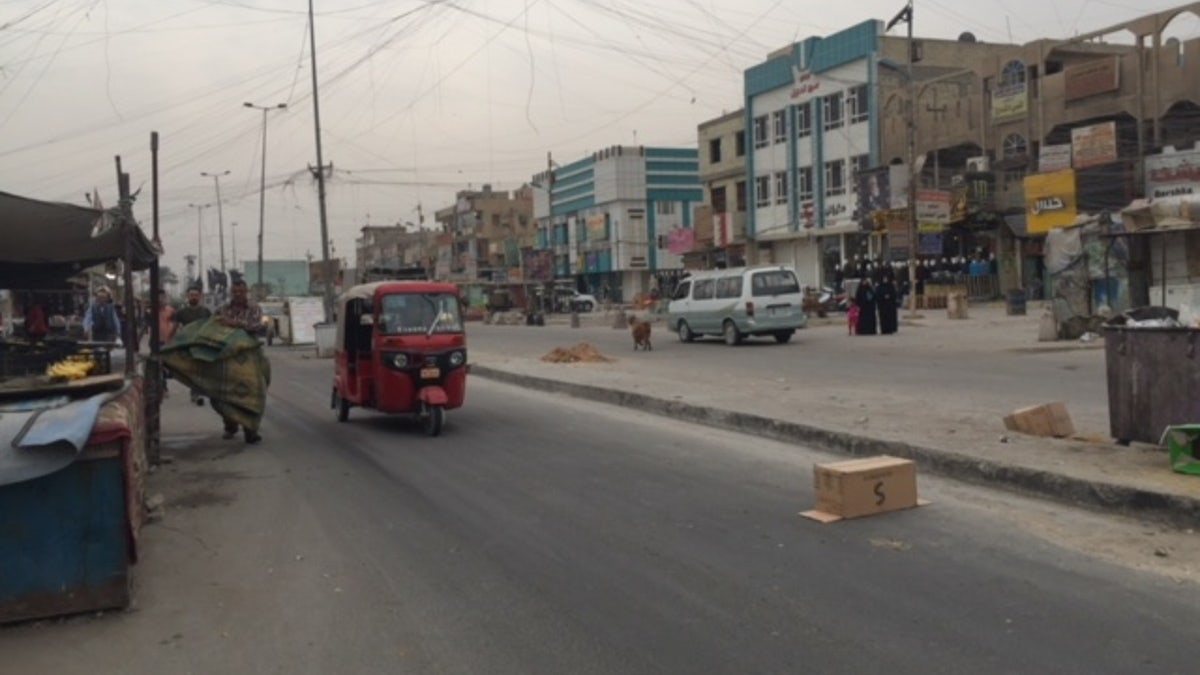
Inside Baghdad's once infamously violent, Sadr City (FOX News/Hollie McKay)
Abbas, 43, sells seeds and nuts in the local market. His face and one side of his body is mangled by deep-rooted scars and discoloration. He claimed he was one of those people arrested by U.S. forces, and held from 2003 to 2006 in the notorious Camp Bukra prison, the same prison that had once sheltered ISIS leader Abu al-Baghdadi.
“I was attacking the Americans here so they arrested me,” Abbas explained. “They found out my name and took me from my house to the jail and tortured me. You can see the signs of torture on my face and body.
Pressed further, it emerged that was not the case. The story unraveled that he gotten into some kind of conflict with the prison guard, an uprising had stirred, and he was shot.
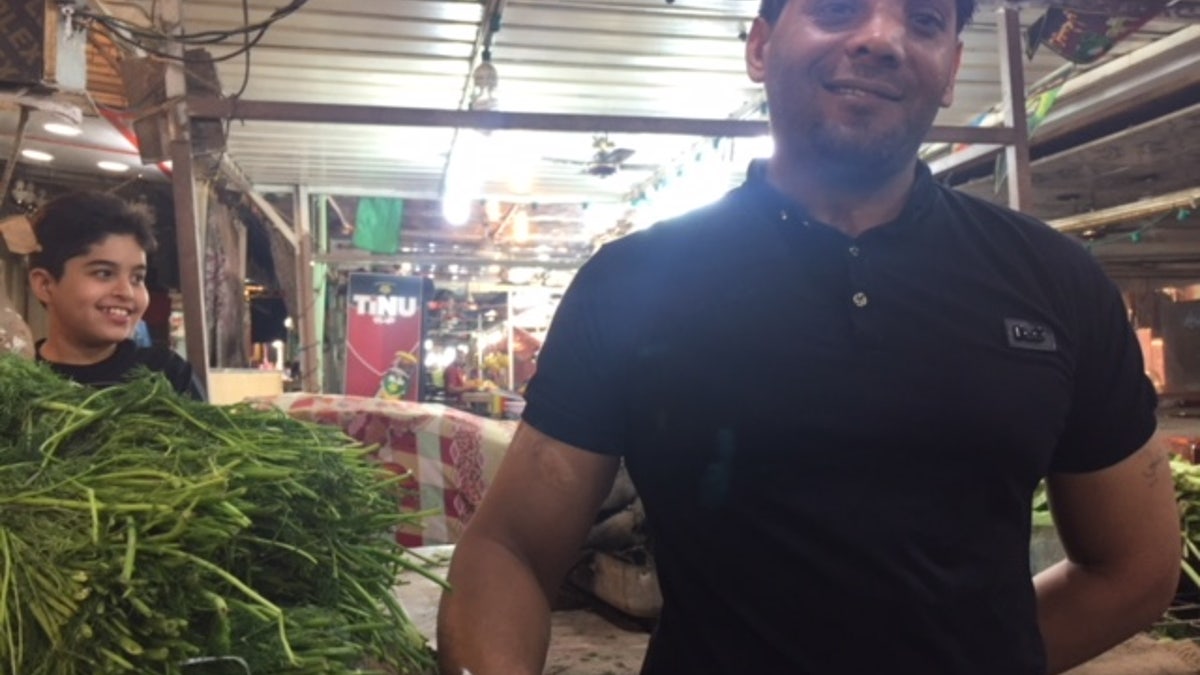
Inside Baghdad's once infamously violent, Sadr City: Abbas, who was previously jailed for attacking Americans (FOX News/Hollie McKay)
Then there was an elderly lady named Saami who has been running her fabric shop single-handedly for 30 years.
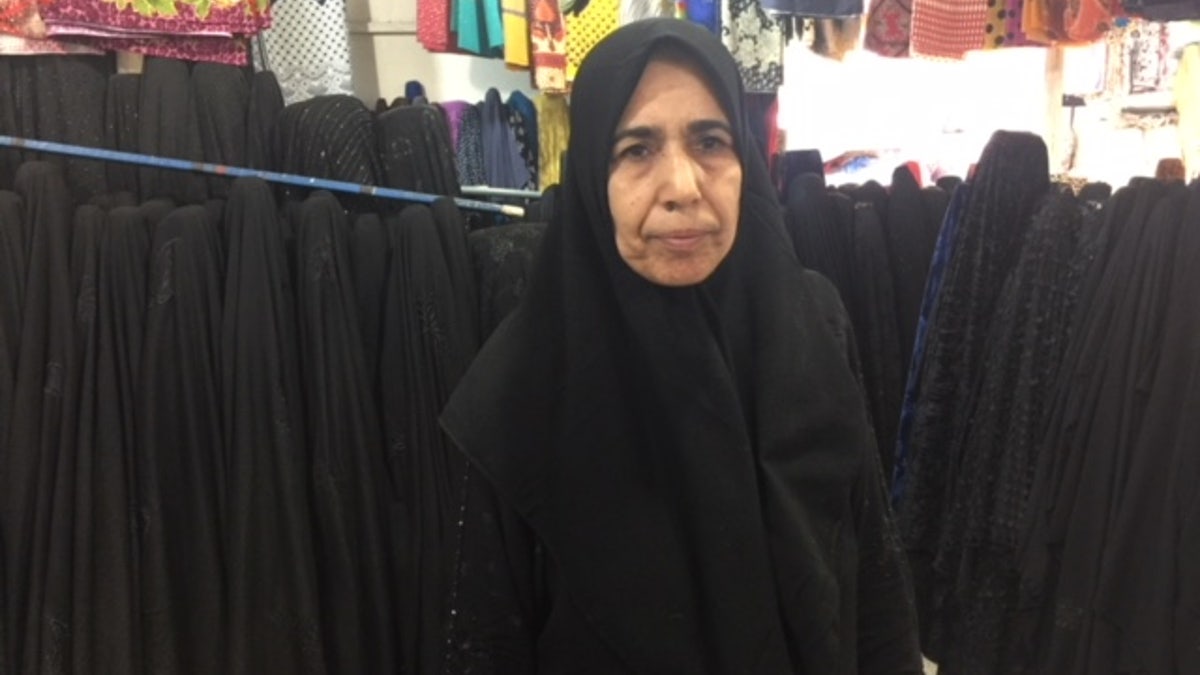
Inside Baghdad's once infamously violent, Sadr City: local fabric store owner, Saami (FOX News/Hollie McKay)
“During the Americans, I could not open my shop. Everyday there was weapons,” she said. “But we are secure now, we live in peace now. We have the Iraqi Army, the Mahadi Army, the Popular Mobilization – all of them together give us peace.”
INSIDE MOSUL DAM, IRAQ'S BIGGEST POTENTIAL WEAPON OF MASS DESTRUCTION
ISIS CURSED, MOCKED IN MOSUL, WHERE OLD CITY REMAINS A HAUNTED WASTELAND
While recollections of U.S. occupation are typically not ones doused with happiness, there are some – the intellectuals of Sadr City – who have nothing but hope and praise for that era of their lives.
“I am a secular person. Trump now and all the American presidents before him, they are good men who want us to have a free and open society,” Ismik al-Baghdadi, a local political writer and journalist, said over a sip of tea. “But the U.S. dream for an open society did not work in a country like Afghanistan, but it did in Japan. Maybe it is not too late for it to work here.”
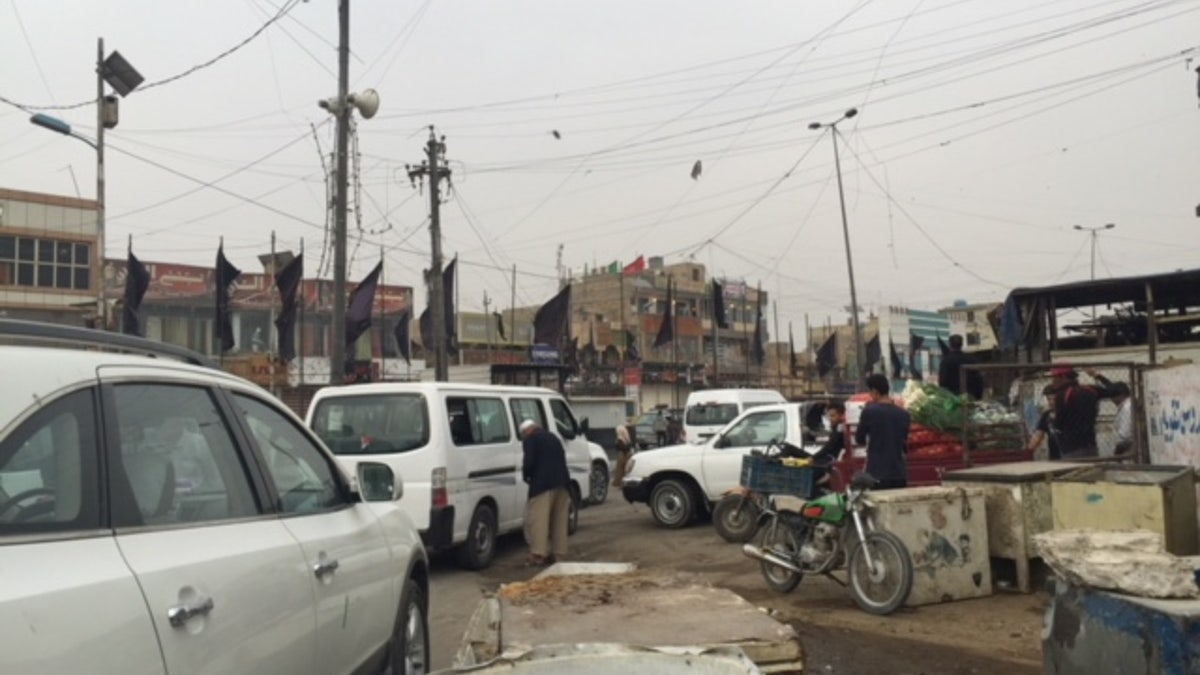
Inside Baghdad's once infamously violent, Sadr City (FOX News/Hollie McKay)
Nonetheless, al-Baghdadi insisted that it was far from a place of loss. He smiled and tipped his hat as a token of appreciation, before disappearing into the fouled streets where wild goats scampered through the overflowing trash bins like rabid dogs, having been let off by their owner for a daily meal as he simply could not afford the feed.
According to Cutler, Sadr City is a classic example of the challenges posed in their quest to help the poorest of poor during the occupation. The U.S. created programs known as “SWET” (sewage, water, electricity, trash) but if residents were seen using the trash cans or participating in American-led assistance, they may have paid with their lives.
“It was a rough time. That was the leverage of the Mahadi militia,” he recalled. “That was their game, not to let the Americans take credit for helping. We even brought in water, but they went along breaking the nozzles.”
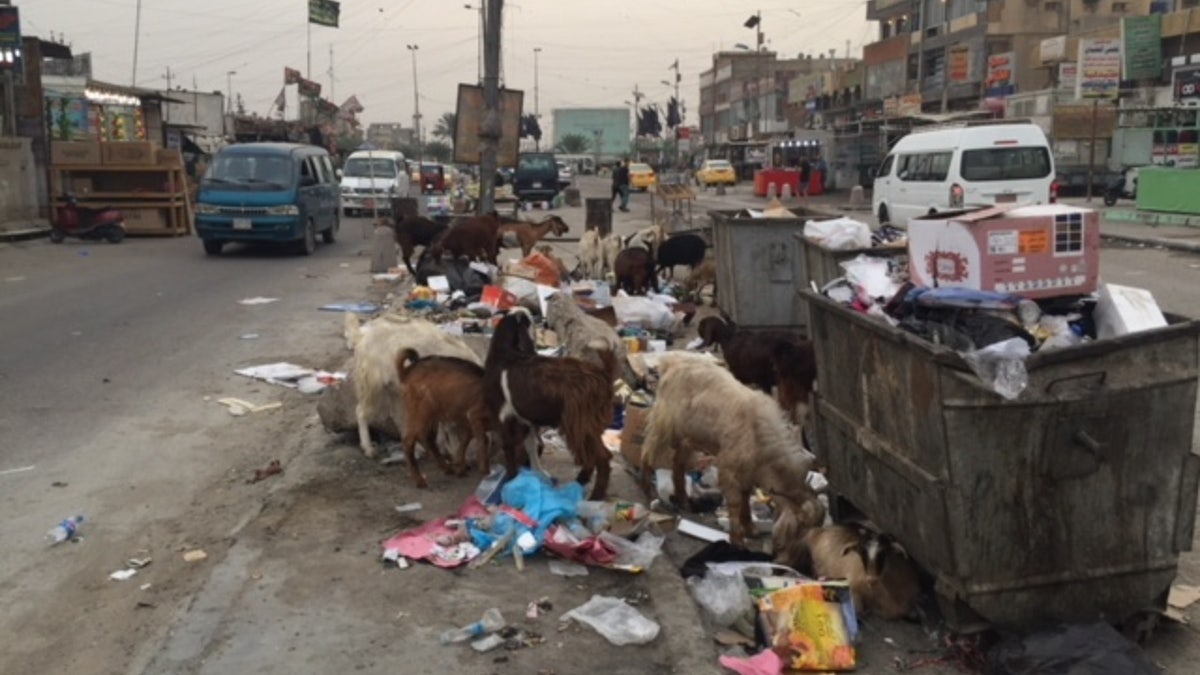
Inside Baghdad's once infamously violent, Sadr City (FOX News/Hollie McKay)
Six years since the troop withdrawal, Sadr City has not become a beacon of prosperity, it was not squeaky clean and dripping with diamond trades, but it is a place that – for the vast part of Iraq’s last eight terror-rocked years – had seen little internal violence and crime compared to many other parts of the country.
“The tribes enforce the law, not the law of the government,” explained Rusly Almaleky, Baghdad-based author of “The Collapse.” “Other tribes will punish for hurting someone, people know this and that is why the crimes have stopped in Sadr City.”
It is a poor but tame place that more than three million are proud to call home. Its inhabitants do not complain; they do not want more. In fact, members of the local council claimed that they had rebuffed a recent multi-billion dollar housing project awarded to a Turkish contracting company because they did not want to live in large group settings, they did not want their family homes knocked down and replaced by something towering and new.
An ISIS bomb blast killed 76 inside Sadr City in August, 2015 and the city’s members quickly mobilized to seal its borders from another infiltration.
Their leader Sadr has since redefined himself from a religious hardliner to a national patriot, a constant preacher of accord and harmony – even changing his Army’s name to the Peace Brigades – and bringing his many die-hard followers with him on that journey to lay down arms.
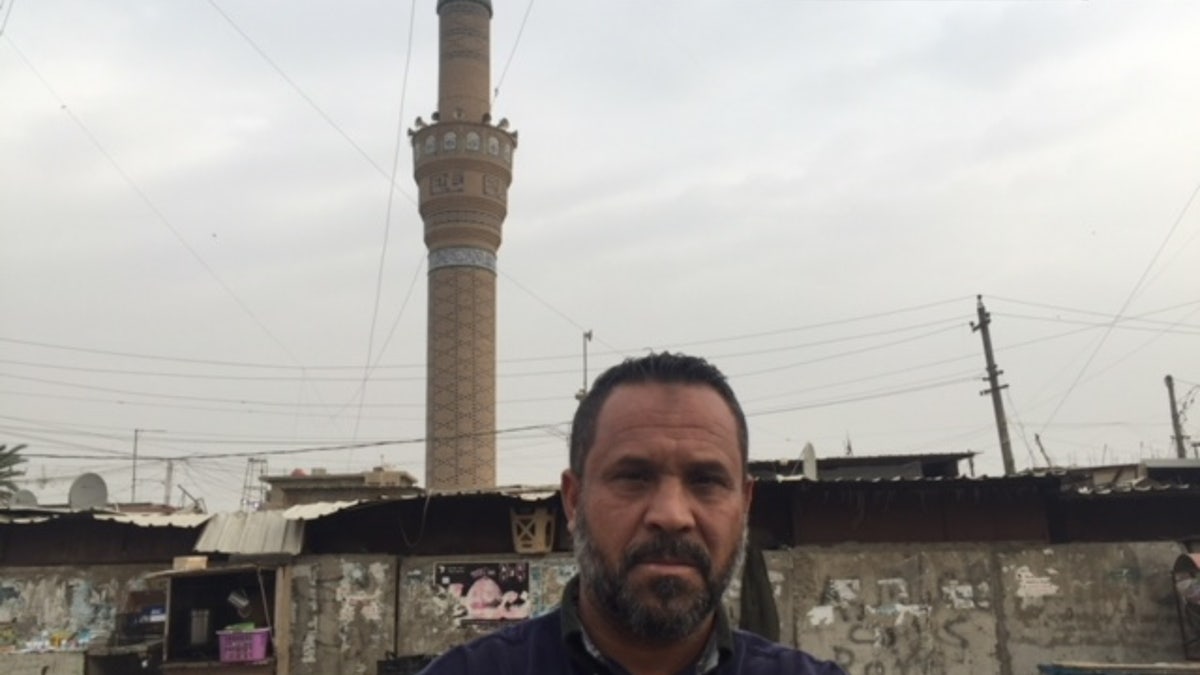
Inside Baghdad's once infamously violent, Sadr City: Mahadi Army leader, Moslem Salik (FOX News/Hollie McKay)
“Sadr orders everyone not to talk about their own party and their own tribe, but all of us we listen to him. We go to Friday prayers, we teach lessons of peace in the school,” Mahadi Army leader, Moslem Salik added. “We are not scared from terrorists. Some of the simple people still worry about their businesses, but we will protect them with peace. ISIS will never come here.”
